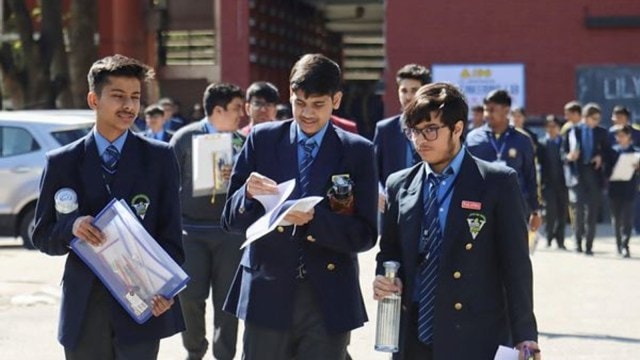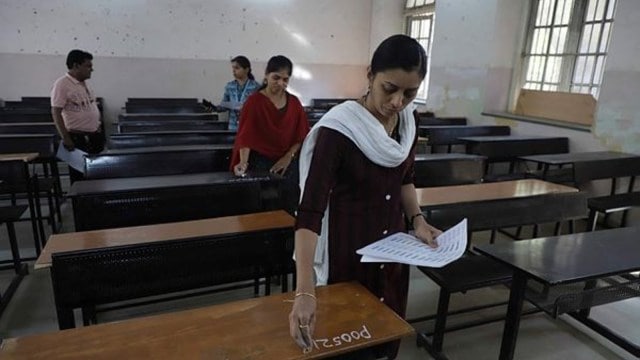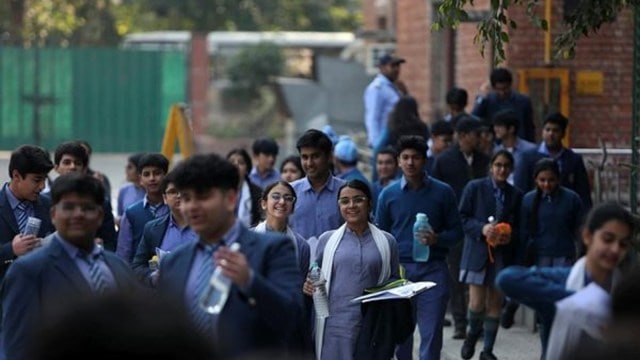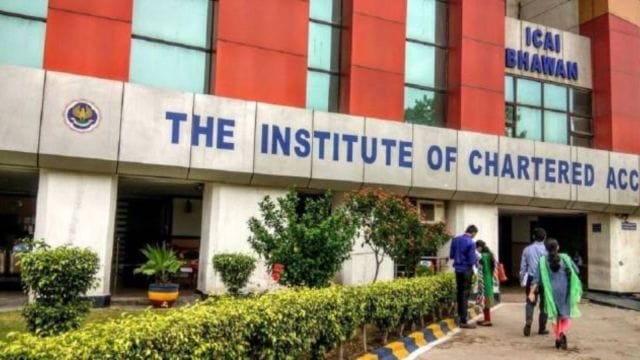
In the fields of Maharashtra, anger takes root: soyabean farmers feel cheated by prices
“The rains were good, the rates are bad,” says Shivaji Shinde about soyabean, the most “political crop” in Maharashtra’s elections this time, ahead of the usual suspects: Sugarcane, onion and milk.
The 39-year-old has harvested 300 quintals of the leguminous oilseed from 30 out of his total 45-acre land at Sawargaon village in Latur taluka and district. That works out to 10 quintals per acre, better than his last year’s average yield of 7 quintals.
But Shinde isn’t happy, as soyabean is trading at about Rs 4,200/quintal in the Latur APMC (agricultural produce market committee) mandi now, compared to Rs 4,900 a year ago and the government’s minimum support price (MSP) of Rs 4,892: “Two years ago, they were Rs 5,800-5,900, while even crossing Rs 10,000 the year before (in August 2021)”.
Shinde had stocked 250 quintals of produce from his 2023 and 2022 crops, expecting to realise a price of Rs 8,000/quintal. Instead, he had to dump the entire stored soyabean at Rs 4,500 this April: “I haven’t sold anything from this year’s crop and only hope prices don’t fall further”.
Shinde is a relatively better-off farmer, who has also grown sugarcane on 15 acres and plans to expand that to 40 acres in the coming season at the expense of soyabean. He can do that because of access to irrigation from the nearby Tawarja dam and his own borewell. In sugarcane, which he supplies to the Manjara cooperative factory, there is price assurance.
That luxury isn’t available though for Mahadev Pawar, who has sown soyabean on his entirely-rainfed 10-acre holding at Raiwadi in Latur taluka. He has harvested 126 quintals from the high-yielding KDS-753 variety, up from last year’s 49 quintals.
“Last year, the monsoon was poor. My crop didn’t germinate in July and I had to re-sow MAUS-612 (another variety) in August, which gave lower yield. This year, the rains were excellent and I could sow KDS-753 by mid-June. But what use is a bumper crop if cannot fetch a decent rate?,” quipped Pawar.
Government agencies, too, have procured hardly 2,000 tonnes of soyabean at MSP so far from Maharashtra. This is notwithstanding the Centre approving 13.08 lakh tonnes (lt) of purchase from the state, which has also reported an increase in production from 66.10 lt in 2023 to 73.27 lt in 2024.
Maharashtra farmers sowed 50.52 lakh hectares (lh) area under soyabean in this kharif season. That was higher than for any crop, including cotton (40.84 lh), sugarcane (11.67 lh) and all foodgrains (50.12 lh).
The main soyabean-growing districts were Latur (4.99 lh), Dharashiv (4.53 lh), Nanded (4.42 lh), Buldhana (4.41 lh), Beed (3.48 lh), Washim (2.99 lh), Parbhani (2.80 lh), Yavatmal (2.72 lh), Amravati (2.64 lh), Hingoli (2.58 lh), Akola (2.35 lh) and Jalna (2.14 lh). These 12 Marathwada and western Vidarbha districts alone cover 67 out of the state’s 288 Assembly constituencies.
“Soyabean prices are definitely an issue for us in the election (on November 20),” said Shravan Shinde. This six-acre farmer from Kasgi village in Dharashiv district’s Umarga taluka sold 27 quintals at the Latur APMC for Rs 4,270/quintal. “I got this price after traveling 80 km and for soyabean having only 10 per cent moisture. The crop with higher moisture content is selling for Rs 4,000 or lower,” added Shinde, who still has another 21 quintals with him.
Farmers are complaining not just about price, but also cost. “Harvesting expense alone has gone up to Rs 5,000-5,500 per acre, from Rs 3,500-4,000 in 2023 and Rs 2,500-3,000 in 2022. Last year, I paid Rs 1,300 for a bag of di-ammonium phosphate fertiliser, which is Rs 1,600 today,” claimed Ramesh Suryawanshi, who has cultivated soyabean on his five-acre land at Sikandarpur village, near Latur city.
The total production cost of soyabean – seed, fertiliser and pesticides plus ploughing, field preparation, sowing, weeding, harvesting, threshing, bagging and transport charges – comes to Rs 24,000-25,000 per acre. The farmer who harvests 7-8 quintals/acre yield would, then, earn little at the current Rs 4,000-4,200/quintal rates.
Suryawanshi blamed the rising costs partly on government schemes such as free foodgrains and Ladki Bahin, which offers Rs 1,500 per month to women from families with annual income below Rs 2.5 lakh: “Harvesting one acre requires 8-10 women labourers. They do 3-4 acres daily, but are now spending more time in the bank or their homes than in fields. We are being squeezed on both cost and price side”.
The pressure on prices is, ironically, despite soyabean oil retailing at an all-India modal (most-quoted) rate of Rs 154/kg, as against Rs 115 one year ago.
However, industry players point out that soyabean contains only around 18 per cent oil. The balance 82 per cent comprises de-oiled cake (DOC), the residual protein-rich meal after extraction of oil used as a livestock and poultry feed ingredient. Just over three-fourths of India’s DOC production is domestically consumed and the rest exported – mostly to Bangladesh, Iran, United Arab Emirates and Nepal.
“Exports to some of these markets have suffered due to geopolitical disruptions, bringing down our DOC export prices to $380 per tonne, from $556 in November 2023,” a leading soyabean processor and edible oil maker from Latur told The Indian Express.
Solvent extractors are realising roughly Rs 29.5/kg from DOC and Rs 122.5/kg from crude soyabean oil. That translates into 4,624 of gross revenue from 82 kg of DOC and 18 kg of oil. Deducting Rs 300 of processing costs (towards solvent/hexane, fuel, electricity, labour and fixed overheads) and Rs 300 of transport-cum-market expenses (APMC fee, middleman commission, bagging, etc), the maximum payable price for soyabean comes to Rs 4,000 per quintal or so. The ruling market price is around that level.
Vilas Uphade, chairman of Vikas Agro Producer Company Ltd, a Latur-based farmers’ cooperative, attributed the tardy government MSP procurement to rigid quality norms: “They have set a maximum moisture limit of 12 per cent. Farmers are bringing soyabean with up to 15 per cent moisture, which government agencies will not accept. Also, they have not opened enough purchase centres, whether in the APMC yards or outside”.
How all of this play outs on election day remains to be seen.

 Posts
Posts Sign up as a Teacher
Sign up as a Teacher







